With the Omicron variant of COVID-19 now out and about in the community and the requirement for a lot more mask-wearing, we take a look at the latest advice on masks.
At the beginning of the COVID-19 pandemic, the official guidance was that there was no need to wear a face mask or face covering unless we were symptomatic (or with people who were). But as the pandemic has changed, so has this advice.
Why do we need to wear masks?
The current understanding is that COVID-19 and its variants including Delta and Omicron are known to spread primarily from droplets and aerosol particles from an infected person’s mouth or nose, sometimes even before symptoms occur.
The heavier droplets can land on people in close contact while the smaller particles can stay airborne for an extended period of time and can then be breathed in by another person.
Surface transmission can also occur so make sure you keep up with the handwashing and surface cleaning, but close contact transmission is by far the most usual.
Correct mask-wearing can help reduce the chance of infected people spreading COVID-19 and help stop you from being infected.
Because they provide little protection, face coverings such as bandannas, scarves or t-shirts pulled up will no longer be acceptable.
When do we need to wear a mask?
Under Red on the Traffic Light System, we are encouraged to wear a face-covering whenever we leave the house and it is mandatory in almost all indoor locations and on public transport. This is because of the increased chance of virus transmission in indoor locations.
Importantly, it is mandatory for students from Year 4 and up to wear a face mask indoors at school – this includes in the classroom and at assemblies.
What is the best mask to wear?
There are many different types of masks and face-coverings available, and some are better than others. The advice around the best masks is continually being updated as evidence from other countries dealing with Omicron outbreaks is considered. Workers that are mandated to wear masks may have specific mask requirements.
There are two main factors in how well your mask will protect you – the fit and the filtering ability. To check the fit, there should be no air escaping up under your eyes and around the edges when you breathe – rather you should be able to feel warm air coming through the mask when you breathe out.
Respirator masks

Generally used by healthcare and border workers, respiratory type face masks can provide good protection if they are fitted well. You can find respirator masks marketed as P2, FFP2, N95, KF94, and KN95.
The shape of these masks often allows for a snug fit around your face.
Unfortunately, there are a number of fake respirator masks on the market so check the supplier before you buy.
Surgical masks
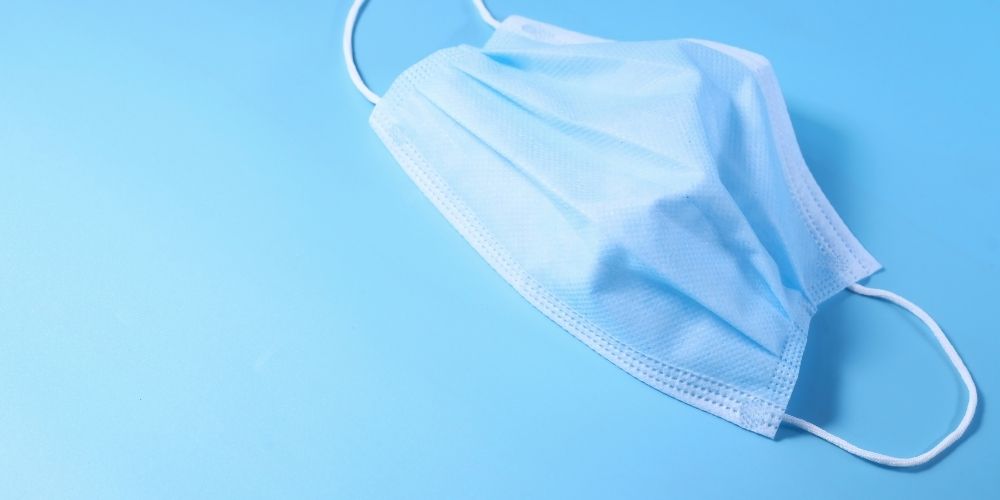
Generally blue on one side and white on the other, surgical masks are commonly available and should be worn blue side out – that is because the blue side is water-resistant so it helps stop moist particles from getting in. The white side is more absorbent to help stop the particles getting out.
These masks may bunch around the side of the face and leave gaps and hence may be less effective than a respirator mask. They are designed to be disposable but may be washed a few times (see below).
Fabric masks
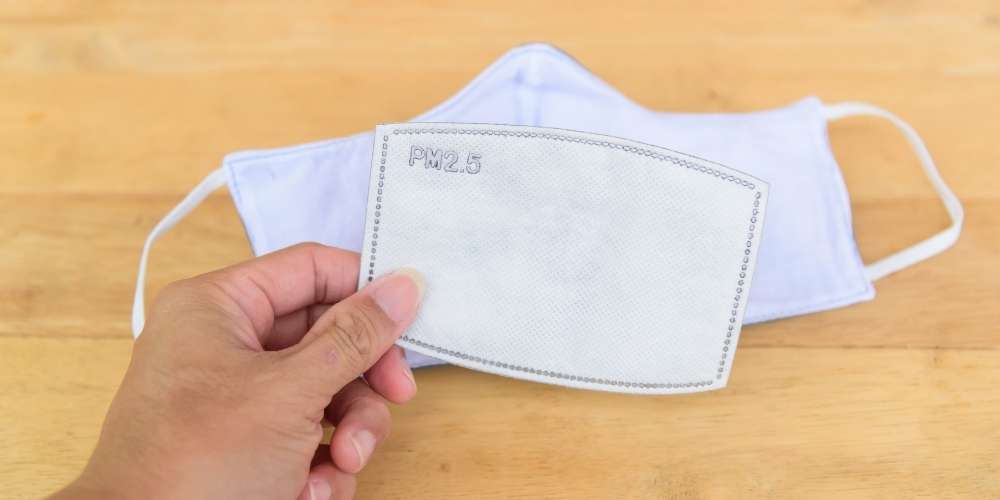
Lots of people have been making and wearing fabric masks so it’s impossible to determine how effective these are overall. The two key factors for a good mask – fit and filtering – apply to fabric masks too so look for ones that have more than one layer of fabric and also include a PM2.5 filter. These can be bought individually and inserted in between layers of a fabric mask or an internal pocket to help filter the air. Your mask should be big enough to cover your nose, mouth and chin, and have a snug fit. A nose wire and adjustable ear loops can help you get a good fit.
Vented masks
Fitted with a vent, these masks are designed only to protect the wearer from inhaling large particles such as dust. The vent means that the air they breathe out is not filtered and is therefore not protecting others so they are not suitable for use during a pandemic.
Face shields
Face shields are not recommended to be used by the public and are generally only used in conjunction with a face mask.
Double masking
There is some debate around double masking, again take into account fit and filter. If other well-fitting options are not available, it is advised that you wear the cloth mask on the outside and the surgical mask against your face.
Reusing and washing masks
The advice around washing and reusing masks is not clear. However, reusing different types of masks is going to be a reality for most people simply for practical and cost reasons.
Cloth masks are ideal for washing and reusing and this should be done daily at a minimum. The PM2.5 filter that can be used in conjunction with cloth masks typically cannot be washed but can be used for extended periods (check the instructions that come with them).
One study 1 found that you can gently hand wash your surgical mask in warm tap water with no detergent or soak them in boiling water for five minutes, line-dry and reuse. This can be done up to ten times assuming there is no signs of damage or wear and tear.
Respirator masks cannot be washed but some people are happy to pop them in a labelled paper bag (rather than plastic, so it can dry out) or somewhere where there is good airflow for several days (at least 72 hours) and then reuse them once it is likely any virus on them has died.2
 Written by Robyn Cody
Written by Robyn Cody
Robyn creates content on Kidspot NZ. Her hobbies include buying cleaning products and wondering why things don’t then clean themselves, eating cheese scones with her friends, and taking her kids to appointments.
Favourite motto to live by: “This too will pass”
Medical Disclaimer: As per our T&Cs, we make every effort to ensure the information we provide is accurate and update, but the information contained in this website is not intended and must not be taken to be the provision or practise of medical advice or services nor a substitute for medical advice, diagnosis or treatment. If you have questions, concerns about your health or treatment or would like more information, contact your doctor. Always see your doctor or another qualified health professional before starting or changing any treatment.

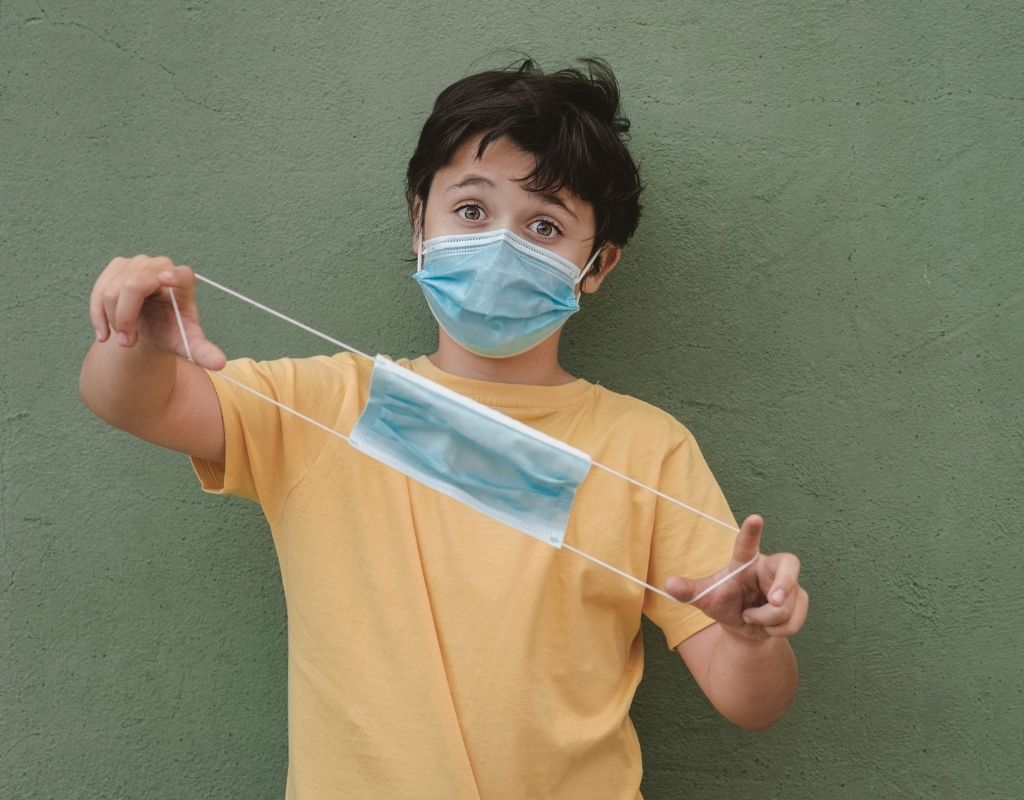
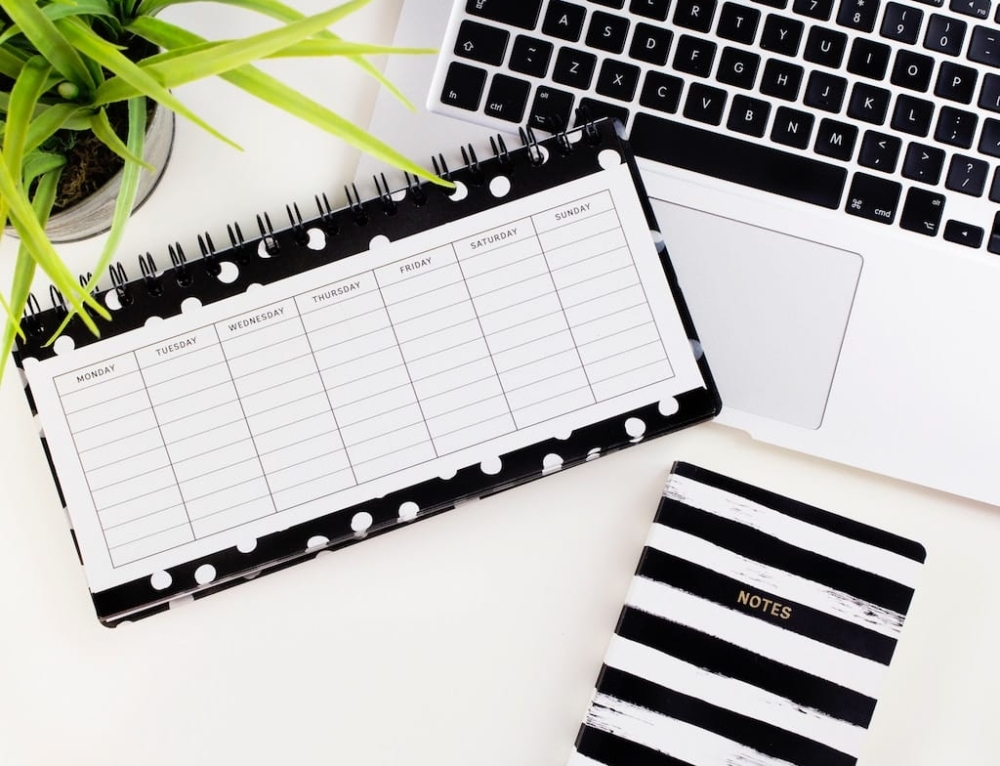


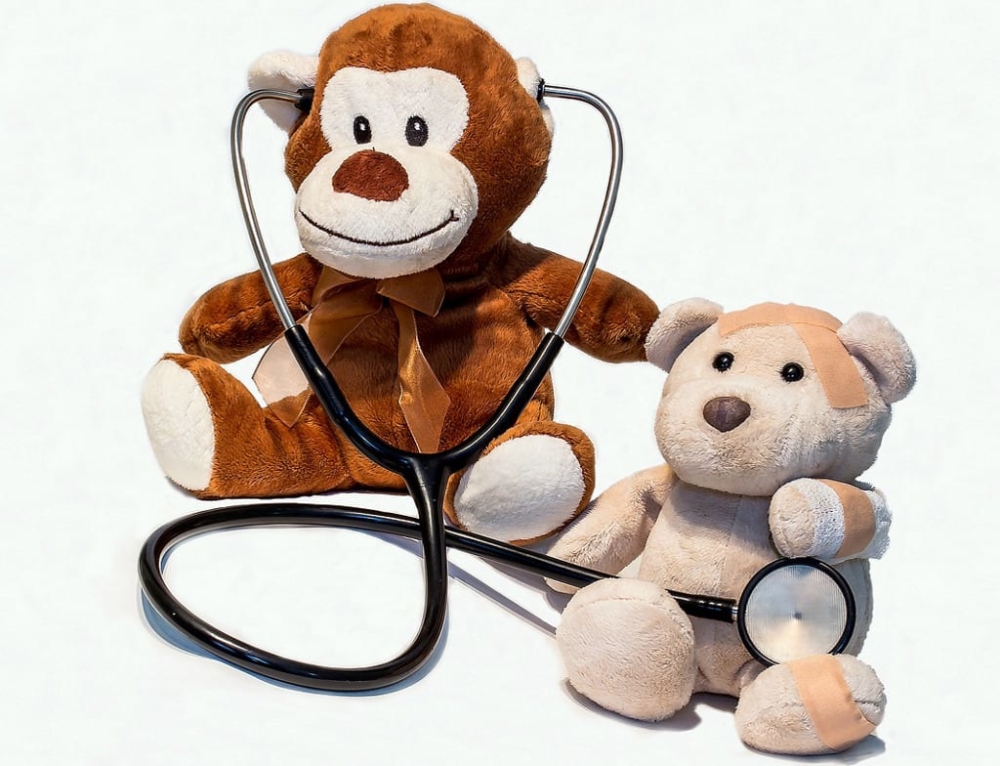

Leave A Comment
You must be logged in to post a comment.